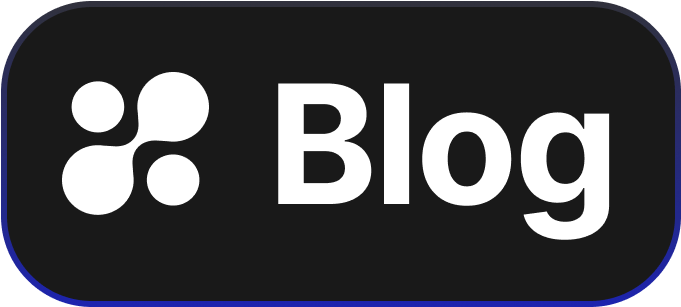Breaking Down Break-Glass Access in Role-Based Access Control
Understanding the balance between security and accessibility is crucial for technology managers. Break-glass access in Role-Based Access Control (RBAC) is a strategy that provides emergency access to systems or data in crucial situations. But what does break-glass access actually mean, and how can it safeguard your organization while maintaining robust security policies? Let's explore.
What is Break-Glass Access?
Break-glass access allows users to bypass regular permissions temporarily. In emergencies, like a system outage or critical incident, authorized personnel can use break-glass access to perform essential tasks. Although it overrides standard security protocols, it's monitored and logged to ensure accountability.
Importance of Break-Glass Access
So, why is break-glass access important? Simply put, it bridges the gap between security and operational efficiency. Without it, organizations might face downtime or data loss when waiting for permission changes. It ensures that systems keep running smoothly without compromising security, a vital balancing act for tech managers.
Key Benefits
- Rapid Response: Enables quick action in emergencies to meet operational demands.
- Controlled Access: Ensures that access is limited and monitored to maintain security.
- Transparency: Activity is logged, providing a trail for audits and reviews.
Role-Based Access Control (RBAC) Simplified
RBAC is all about assigning permissions based on roles within an organization. Each role is like a job title, determining the tasks an employee can perform. For example, a 'Manager' role might have more access than a 'Staff' role. This system helps keep data safe while allowing team members to perform their jobs.
Why RBAC Matters
RBAC streamlines security management by:
- Reducing the risk of errors in permission assignments.
- Helping comply with regulatory standards by clearly defining who can access what.
- Enhancing productivity by ensuring users have the access they need.
Integrating Break-Glass Access with RBAC
When break-glass access is combined with RBAC, organizations gain a powerful tool for balancing security with accessibility. Here’s how tech managers can benefit:
- Priority Interventions: Quickly adapt to changes or emergencies without overhauling existing permission sets.
- Flexible Security: Maintain tight controls while allowing necessary overrides in critical times.
- Audit Trails: Keep records of who accessed what and when, ensuring transparency and accountability.
Implementation Best Practices
- Clear Policies: Define when and how break-glass access can be used. Make sure everyone knows the rules.
- Regular Audits: Review access logs to ensure compliance and identify any abuse.
- Training: Conduct training sessions for teams to understand the significance and correct use of break-glass access.
Incorporating break-glass access within an RBAC framework improves control and responsiveness. As a technology manager, leveraging these processes is key to maintaining efficiency and security.
Curious about how break-glass access works in a real-world application? Discover how hoop.dev can effortlessly integrate break-glass access into your existing RBAC system. See it live and elevate your operational security in minutes. Explore hoop.dev today for a firsthand experience.
